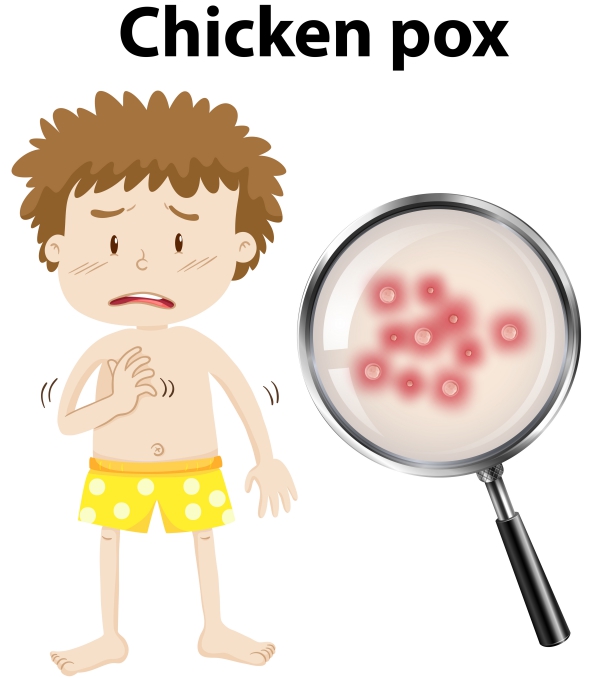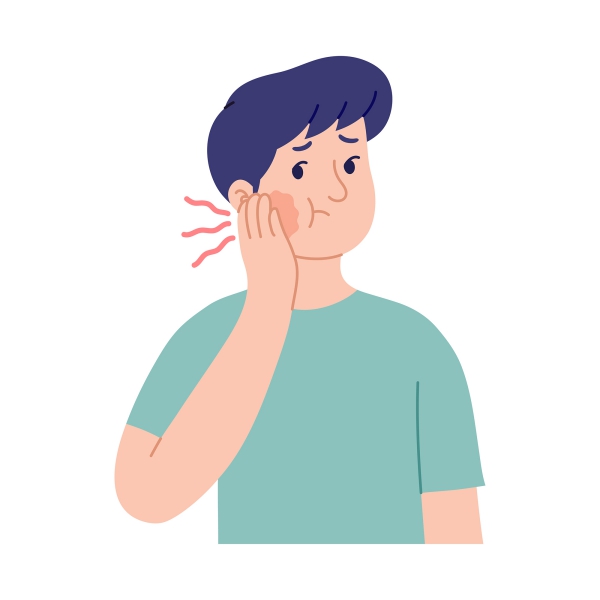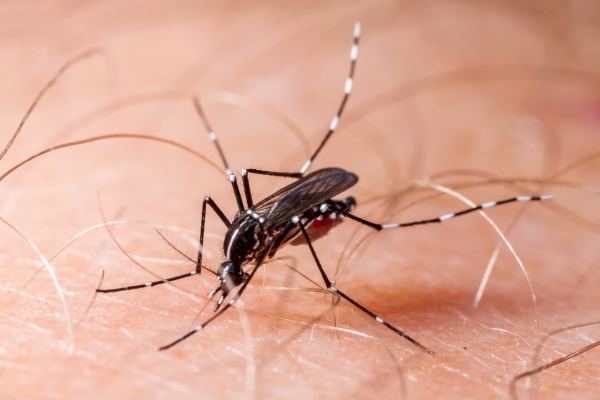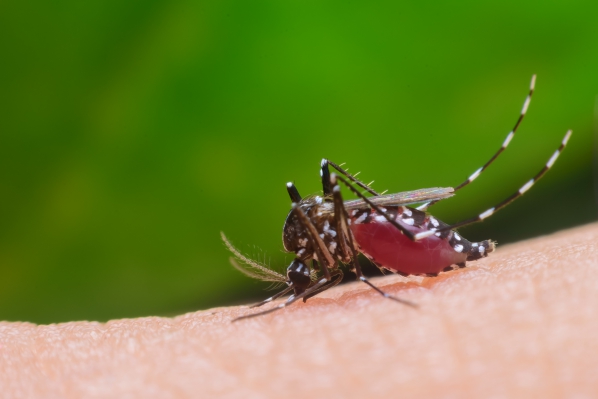What is chickenpox?
Chickenpox is an infection caused by the varicella-zoster virus (VZV). It is a disease that affects mostly children with more than 90% of cases arising among children younger than 10 years. The virus is transmitted through inhalation of respiratory droplets from an infected individual. Chickenpox causes vesicles on the skin which contains the virus in high quantities. Transmission can also occur through direct contact with the skin lesions, however, the risk is lower compared to inhalation of infected droplets.
Chickenpox is usually considered as a benign condition in healthy children and may result in more severe diseases in adults and people with a weakened immune system. It is a common disease, however, with the introduction of vaccination against varicella since 1995 in the United States, the number of cases have decreased significantly.
What are the causes of chickenpox?
The organism responsible for chickenpox is the varicella-zoster virus (VZV). It is mostly transmitted through the inhalation of infected respiratory droplets. When the virus enters the body through inhalation, it infects the conjunctivae (which is a structure found in the eye) as well as the tissues in your upper respiratory tract. The virus then travels to lymph nodes after 2-4 days where they proliferate. The virus leaves the lymph nodes to spread in the blood, also known as viremia. This spread usually occurs after 4-6 days after initial infection. The infection spreads to several organs and the skin causing symptoms.

You are at increased risk of having the disease if:
- You have been in close contact with an infected person
- You attend a school where there is an outbreak
- You have not been vaccinated against varicella
What are the symptoms of chickenpox?
The characteristic symptoms of chickenpox include a rash which involves lesions at all stages of development and healing. This usually occurs after a history of exposure to a sick individual. In some cases, the skin rash may be preceded by nausea, muscular pain, loss of appetite and headache. The rash then appears accompanied by malaise and low-grade fever. It is also commonly associated with itching.
In some cases, another infection may develop in the rash as a complication and this is known as a secondary infection. In people with a weak immune system, haemorrhagic complications may arise.
On examination, the chickenpox rash consists of vesicles with a red halo. Some lesions are found healing with crusts and scabs. Some other lesions simply appear as pink or reddish bumps.

How is the diagnosis of chickenpox made?
In most cases, the diagnosis of chickenpox is made only through history taking and physical examination. If the diagnosis is doubtful, special tests may be requested to confirm the diagnosis. These include:

- Tzanck smear: In this procedure, some of the fluid found in the vesicles is collected and prepared with special solutions to be analysed.
- Culture: In this procedure, the fluid from vesicles is analysed to look for the presence of VZV.
How is chickenpox treated?
The goals of the treatment of chickenpox include relief of symptoms and treating the infection. Medications to treat the infection is not usually needed in all individuals as the infection tends to resolve on its own.
Treatments to relieve symptoms include the following:
- Medications to relieve fever: This includes acetaminophen. It is important to know that aspirin should not be prescribed in children.
- Medications to relieve itching: It is important to relieve itching as scratching the skin makes it more prone to secondary bacterial infections. It also makes it more likely to develop scars when the infection is gone. These medications include antihistamine medications such as diphenhydramine or loratadine. Calamine lotion or oatmeal baths are also effective. It is also recommended to clip fingernails to avoid scratching.
Treatments targeted to the infection include:
- Antiviral medications: This includes acyclovir or valacyclovir. This targets the infection itself by shortening the duration of the infection as well as the amount of virus in the body. This is not usually prescribed in all people with chickenpox. However it is usually recommended in adults, people who have not been vaccinated, those with chronic lung disorder or chronic skin problems, children on steroid medications and people who have a weakened immune system. Acyclovir is available in the pill form or as an injection.

What are the possible complications of chickenpox?
In most people, the infection resolves without any complications. However, in some people complications can still arise, especially in adults and those with a weakened immune system. If complications arise, you will have to be hospitalized and treated with antivirals. Complications include the following:
- Skin infections caused by bacteria
- Infection of the lungs known as pneumonia
- Inflammation of the brain also known as encephalitis
How can chickenpox be prevented?
There is a vaccine available for the prevention of chickenpox which protects against the infection in 80-90% of people. In the United States, the vaccine is usually done in children at 12-15 months of age. A second dose is recommended at 4-6 years old. Most adults do not need vaccination as they already had the infection during childhood. Once you had the infection, you are immune to further varicella infections. Adults who never had the infection may benefit from vaccination.
Prognosis
Chickenpox occurring in healthy children usually carries a good prognosis and resolve on their own. However, if it occurs among adults or those with a weakened immune system, complications are more likely to occur.
Source:
Papadopoulos, A., 2020. Chickenpox
Choo PW, Donahue JG, Manson JE, Platt R. The epidemiology of varicella and its complications. J Infect Dis. 1995 Sep. 172(3):706-12.
Albrecht, M., 2020. Clinical features of varicella-zoster virus infection: Chickenpox
Albrecht, M., 2020. Treatment of varicella (chickenpox) infection









